Nikolai Kondratiev
description: a Russian economist best known for proposing the theory of Kondratiev waves, long economic cycles lasting around 40 to 60 years.
13 results

Capitalism and Its Critics: A History: From the Industrial Revolution to AI
by
John Cassidy
Published 12 May 2025
Doran, 1921), https://www.bradford-delong.com/2010/08/h-g-wells-liveblogs-the-consolidation-of-the-bolshevik-regime.html. 10. Nikolai Kondratiev, The Year of Revolution from the Economic Point of View (1918), quoted in Barnett, Kondratiev, 38. 11. Nove, Economic History of the USSR, 94. 12. Barnett, Kondratiev, 143–46. 13. Barnett, Kondratiev, 146–51. 14. Barnett, Kondratiev, 65. 15. Barnett, Kondratiev, 98. 16. Barnett, Kondratiev, 71. 17. Carr, Russian Revolution, 78. 18. Carr, Russian Revolution, 78. 19. Nikolai Kondratiev, The World Economy and Its Conjuncture During and After the War (Moscow, 1922). 20.
…
Over the past two centuries, variations of this story have played out many times, demonstrating capitalism’s powers of recuperation and governments’ ability to act as its crisis manager. Some economists have even argued that capitalism’s recurrent crises are the way the system resolves some of its inner contradictions. Two adherents of this view appear in this book. Nikolai Kondratiev, a Russian economist who theorized that capitalism evolved in “long waves” of roughly fifty years’ duration, is treated at length. The Austrian bon vivant Joseph Schumpeter, whose theory of “creative destruction” is beloved of Silicon Valley disrupters, makes several cameo appearances. Many of my other subjects highlighted capitalism’s inability to resolve some of its perennial challenges, such as generating sufficient demand for all the goods and services that it produces, and creating enough investment opportunities to soak up all the profits and savings it generates.
…
Back in Berlin, Jogiches, Luxemburg’s former partner, who was also active in Spartacus League, tried to identify those ultimately responsible for the killing of her and Liebknecht, but he didn’t get very far. In early March, he was arrested and murdered while in police custody.83 Jogiches was fifty-one. Rosa Luxemburg was forty-seven. Her life had been cut short in brutal fashion. But in death her legend would only grow. 14 “The rhythm of long cycles” Nikolai Kondratiev and the Dynamics of Capitalist Development A week after demonstrators took to the streets of Petrograd (St. Petersburg) on February 23, 1917 (by the old Julian calendar), Tsar Nicholas II abdicated, and a provisional government took power. It was made up of moderates from the Constitutional Democratic Party and some representatives from more radical groups, including the Party of Socialist Revolutionaries.

The Blockchain Alternative: Rethinking Macroeconomic Policy and Economic Theory
by
Kariappa Bheemaiah
Published 26 Feb 2017
Charles Darwin best known for the science of evolution, build his classification system on the work of Carl Linnaeus (1707-1778), the father of Taxonomy. 5The Differential Analyser consisted of multiple rotating disks and cylinders driven by electric motors linked together with metal rods that were manually set up (sometime taking up to two days) to solve any differential equation problem. 6In economics Kondratiev waves (named after The Soviet economist Nikolai Kondratiev), are cyclic phenomenon that link the cycle of a technology’s invention, expansion and ultimate replacement to their economic effects. Although Nikolai Kondratiev was the first to study the economic effects of technology on prices, wages, interest rates, industrial production and consumption in 1925, Joseph Schumpeter was responsible for their entry into academia. 7In this paper, the model is driven by technological change that arises from intentional investment decisions made by profit-maximizing agents. 8See “A Failed Philosopher Tries Again.” 9(i) LatAm sovereign debt crisis - 1982, (ii) Savings and loans crisis - 1980s, (iii) Stock market crash - 1987, (iv) Junk bond crash - 1989, (v) Tequila crisis - 1994, (vi) Asia crisis - 1997 to 1998, (vii) Dotcom bubble - 1999 to 2000, (viii) Global financial crisis - 2007 to 2008. 10LHC: The Large Hadron Collider is the world’s largest and most powerful particle accelerator located at the CERN, the European Organization for Nuclear Research (Conseil Européen pour la Recherche Nucléaire).
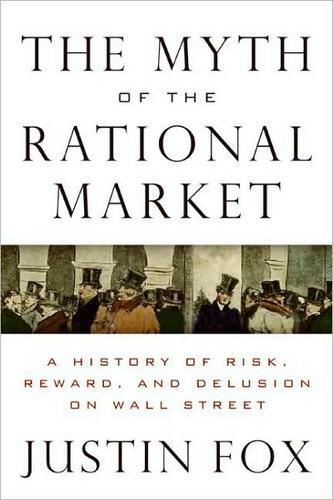
The Myth of the Rational Market: A History of Risk, Reward, and Delusion on Wall Street
by
Justin Fox
Published 29 May 2009
The phrase “random walk” appears to have been coined in 1905, in an exchange in the letters pages of the English journal Nature concerning the mathematical description of the meanderings of a hypothetical drunkard.34 Most early studies of economic data had been a search not for drunken meanderings but for recognizable patterns and, not surprisingly, many were found. The purported link between the British business cycle and sunspots was one. Another famous example came in the mid-1920s when the young founder of Moscow’s Business Cycle Institute, Nikolai Kondratiev, proposed that economic activity moved in half-century-long “waves.”35 As the study of statistics progressed and the mathematics of random processes such as Brownian motion became more widely understood, those on the frontier of this work began to question these apparent cycles. In his November 1925 presidential address to Great Britain’s Royal Statistical Society, Cambridge professor George Udny Yule demonstrated that random Brownian motion could, with a little tweaking, produce dramatic patterns that didn’t look random at all.36 A few years later, a mathematician working for Kondratiev in Moscow penned what came to be seen as the definitive debunking of the pattern finders.
…
Karl Pearson and Lord Rayleigh, “The Problem of the Random Walk,” Nature (July 27, Aug. 3, Aug. 10, 1905). 35. The name has often been rendered in English as the Conjuncture Institute, but this seems an overly literal translation. Kondratiev is also sometimes spelled Kondratieff. His 1926 monograph Long Cycles and Economic Conjuncture can be found in The Works of Nikolai Kondratiev, vol. 1 (London: Pickering & Chatto, 1998). 36. G. Udny Yule, “Why Do We Sometimes Get Nonsense-Correlations Between Time-Series?—A Study in Sampling and the Nature of Time-Series,” Journal of the Royal Statistical Society (Jan. 1926): 1–64. 37. Eugen Slutzky [sic], “The Summation of Random Causes as the Source of Cyclic Processes,” Econometrica (April 1937): 105. 38.
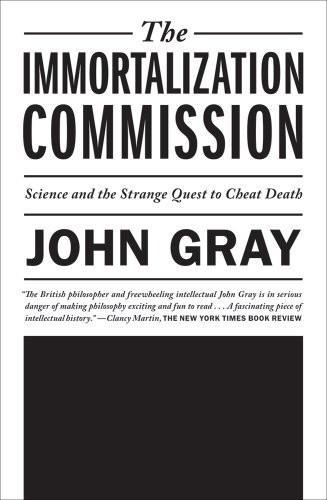
The Immortalization Commission: Science and the Strange Quest to Cheat Death
by
John Gray
Published 11 Apr 2011
A poet and novelist, Menzhinsky’s writings reveal a personality shot through with thwarted moral passion. It was Menzhinsky, by then Stalin’s most trusted aide, who in 1930 staged the first of the trials, when a group of engineers and economists (including the founder of the long-wave theory of economic cycles, Nikolai Kondratiev) were arrested and charged with belonging to a nonexistent ‘Industrial Party’. In poor health, Menzhinsky conducted interrogations while lying on a divan, always well mannered and charming, particularly with women, treating them with old-world courtesy as he despatched them for torture, rape and execution.
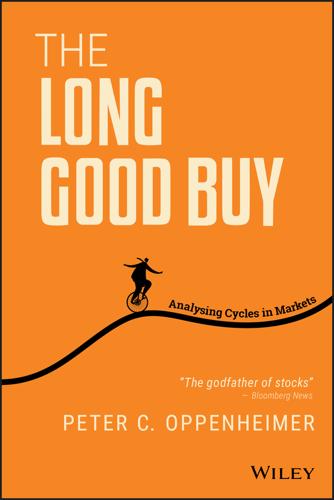
The Long Good Buy: Analysing Cycles in Markets
by
Peter Oppenheimer
Published 3 May 2020
The Kitchin cycle, after Joseph Kitchin (1861–1932), is based on a 40-month duration, driven by commodities and inventories. The Juglar cycle is used to predict capital investment (Clement Juglar, 1819–1905) and has a duration of 7–11 years, whereas the Kuznets cycle for predicting incomes (Simon Kuznets, 1901–1985) has a duration of 15–25 years and the Kondratiev cycle (Nikolai Kondratiev, 1892–1938) has a duration of 50–60 years, driven by major technological innovations. There are, clearly, problems with all of them and the fact that there are so many different descriptions of cycles points to the fact that there are many different drivers. Several of them, such as the very long Kondratiev cycle, are difficult to test statistically given the existence of so few observations.
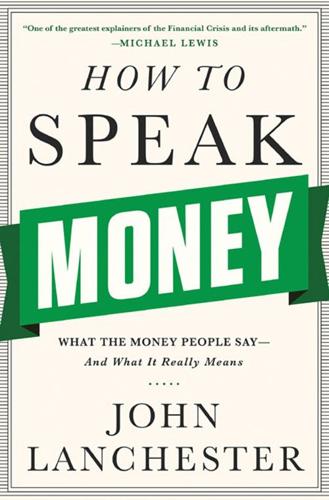
How to Speak Money: What the Money People Say--And What It Really Means
by
John Lanchester
Published 5 Oct 2014
That wealth was not stolen in the same way that Mobutu stole his, but it was expropriated from the collective wealth through the nonpayment of tax—which is closer to a kleptocratic arrangement than to a democratic one. If we accept this line of arguing, then the number 8 spot on the list belongs to “UK, Windsor, $500 million.” Just saying.50 Kondratiev cycle Named after Nikolai Kondratiev (1892–1938), this cycle is a long slow wavelike pattern in economics, in which a period of expansion is followed by a period of stagnation and then of collapse and recession, over a period of forty to sixty years. The industrial revolution and the arrival and impact of the railways are examples of phenomena that to some look like Kondratiev cycles.
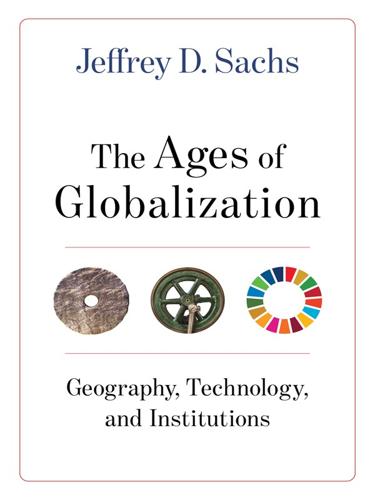
The Ages of Globalization
by
Jeffrey D. Sachs
Published 2 Jun 2020
The fuel for that long-term growth has been a continuing wave of technological advances, many building on previous technologies through hybridization and others introducing fundamentally new ideas and approaches. These waves of technology are often bundled into distinct phases, much like bundling the ages of globalization. The earliest theory of technology waves came from the Russian economist Nikolai Kondratiev, writing in the 1920s. He identified major waves of technology arriving roughly every fifty to sixty years. Each wave generates a new era of business investments that boost the economy and continues the path of economic growth. One rendition of such “Kondratiev waves” is shown in figure 7.2, due to Wilenius and Kurki.7 In this depiction, the steam engine gives rise to the first wave, 1780–1830.

Insane Mode: How Elon Musk's Tesla Sparked an Electric Revolution to End the Age of Oil
by
Hamish McKenzie
Published 30 Sep 2017
Sudden evasive action was just another defensive driving maneuver on these overburdened streets. We were just a bug in a swarm of metal and fumes. The average driving speed in Beijing is 7.5 miles an hour. As we stopped at a traffic light, Wu started talking about economic revolutions. He had read The Major Economic Cycles, a 1925 book by the Soviet economist Nikolai Kondratiev, which controversially argued that technological revolutions coincided with economic cycles, each of greater import than the last. Stalin had Kondratiev shot for suggesting that anything other than government had control of the economy. The light changed and the cars around us moved slowly forward.

Green Swans: The Coming Boom in Regenerative Capitalism
by
John Elkington
Published 6 Apr 2020
I contemplated transferring to sociology, but found that subject too difficult.”23 As it happens, I did transfer to sociology and got my first degree in that subject. Interestingly, Becker went on to apply the tools of economics to social issues related to addiction, discrimination, education, and marriage. Another of my favorite economists, Nikolai Kondratiev, was shot in 1938 because he told Stalin that capitalism, at the time flat on its face during the Great Depression, would recover and come back even stronger than before the crash. Brave, right, but suicidal. Stalin preferred to think that capitalism was down and would stay down. Not true then and, I suspect, very unlikely to be true now.
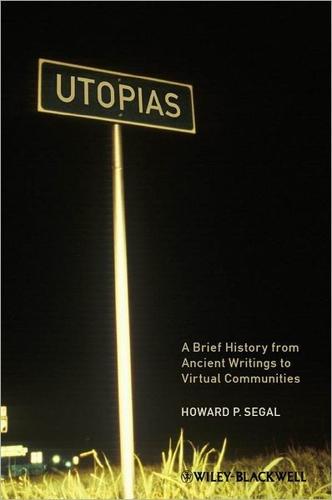
Utopias: A Brief History From Ancient Writings to Virtual Communities
by
Howard P. Segal
Published 20 May 2012
Nor, for that matter, can one take too seriously the argument of economist Brian Berry that the pattern of America’s utopian communal formation correlates with long-wave economic rhythms. Specifically, the Kondratiev theory held that periodic deflationary troughs produced economic crises and that those crises led to utopian experiments as havens for those hurt financially. (Named after the Russian economist Nikolai Kondratiev (1892–1938), this theory contends that, in the modern capitalist 30 The Variety of Utopias world economy, high sectors of growth in certain economic sectors alternate with low sectors of growth every fifty or sixty years.) Unlike the communitarians, utopian writers usually agreed on the nature of the fundamental problems of the day even if they often disagreed about solutions.
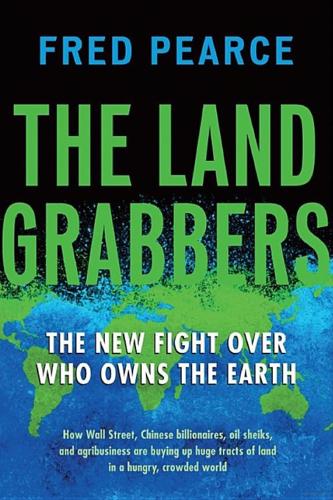
The Land Grabbers: The New Fight Over Who Owns the Earth
by
Fred Pearce
Published 28 May 2012
Moreover, its apparent randomness is only an illusion: once the sequence of events that we call ‘history’ is shown to be governed by certain behavioural algorithms, we can then discern, with clarity, the degree to which our lives are bound up in numerous interrelationships.” Phew. Payne’s presentations, meanwhile, often include a scary graph showing something called the Kondratiev Cycle, after Nikolai Kondratiev, the Russian economist who invented it. I’m not clear how the Elliott Wave and the Kondratiev Cycle relate, if at all. But her graph shows U.S. commodity prices since 1800, rising and falling in a long cycle with spikes roughly every fifty years. Some have claimed that the supposed cycle is created by technological innovations.

The Coming Wave: Technology, Power, and the Twenty-First Century's Greatest Dilemma
by
Mustafa Suleyman
Published 4 Sep 2023
GO TO NOTE REFERENCE IN TEXT The ten thousand years Lipsey, Carlaw, and Bekar, Economic Transformations. GO TO NOTE REFERENCE IN TEXT And in the last hundred The remainder coming between 1000 BCE and 1700 CE. GO TO NOTE REFERENCE IN TEXT For the futurist Alvin Toffler Alvin Toffler, The Third Wave (New York: Bantam, 1984). See also the work of Nikolai Kondratiev on long-cycle waves. GO TO NOTE REFERENCE IN TEXT The great philosopher of technology Lewis Mumford, Technics and Civilization (Chicago: University of Chicago Press, 1934). GO TO NOTE REFERENCE IN TEXT More recently the economist Carlota Perez, Technological Revolutions and Financial Capital: The Dynamics of Bubbles and Golden Ages (Cheltenham, U.K.: Edward Elgar, 2002).

More Money Than God: Hedge Funds and the Making of a New Elite
by
Sebastian Mallaby
Published 9 Jun 2010
He had found his way to Arthur Lipper and Company, a brokerage firm known for servicing a notorious con man named Bernie Cornfeld, and he was an avid student of Kondratiev wave theory. The theory held that capitalist economies move in long cycles, with the upswings occurring during periods of technological innovation and abundant investment and the downswings occurring as new investments dry up and old ones lose value. Nikolai Kondratiev, the theory’s Russian inventor, founded the Institute of Conjuncture in Moscow in 1920; he identified upswings between 1789 and 1814, 1849 and 1873, and 1896 and 1920. Cilluffo was convinced that the pattern of twenty-four-year advances would repeat itself again, meaning that the economy would hit the rocks in 1973, twenty-four years after the start of the postwar bull market.